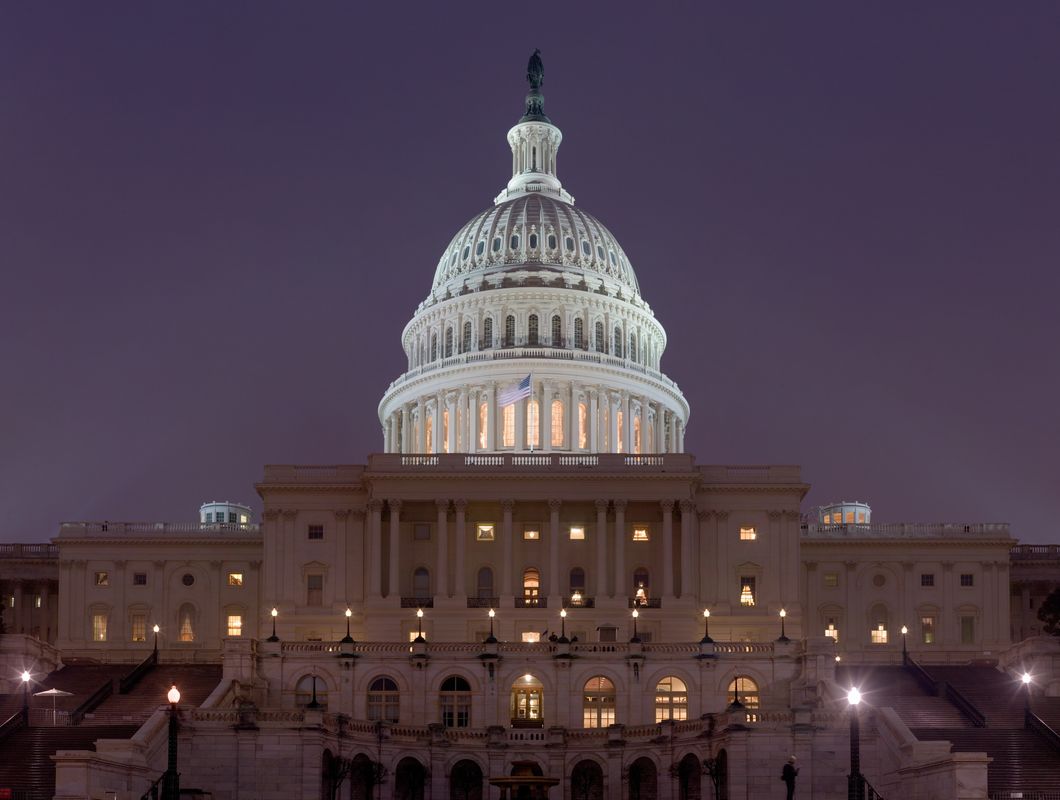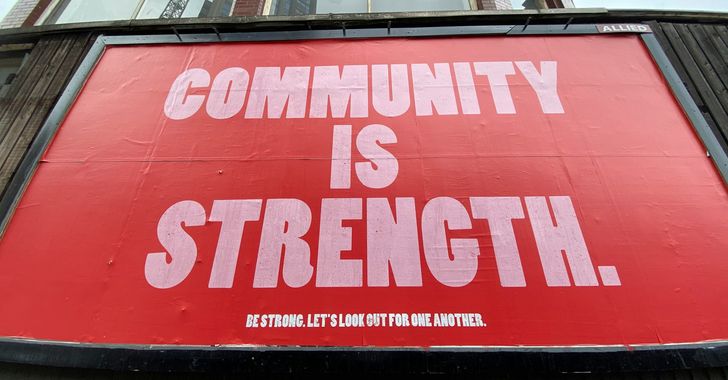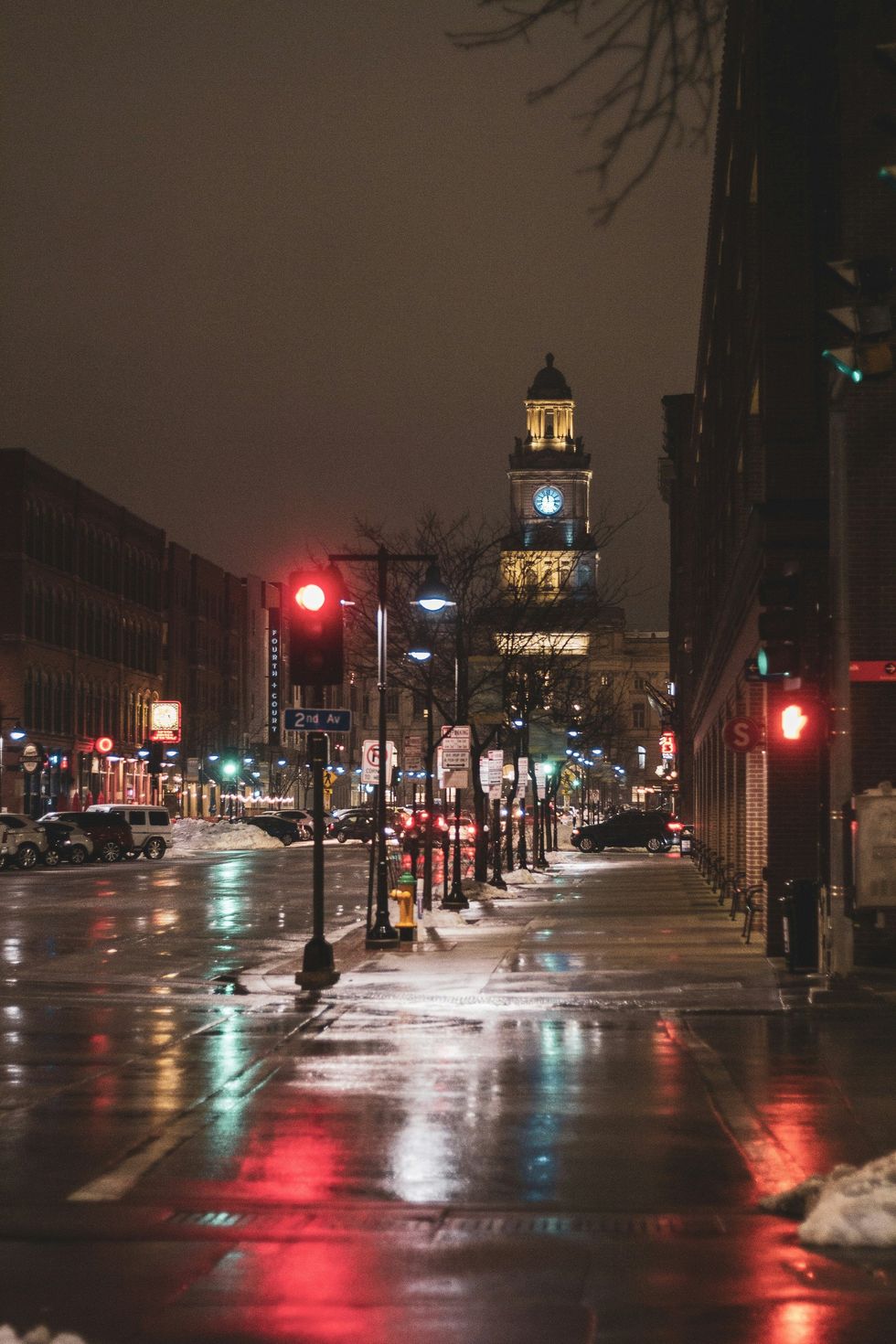What exactly is a government shutdown? With everyone talking about it, it might be difficult to fully get a grasp on what exactly it means for the government to shut down. A government shutdown occurs when certain parts of the government—mostly nonessential offices—close due to the inability for Congress to develop and agree on things like budgets and funding. Since certain groups and offices don't receive funding as a result of this political dissonance, they shut down. Currently, the government has shut down as a result of Congress being unable to produce the funding requested by President Trump to build his border wall—a vast sum of approximately five billion dollars.
Now, a shutdown, by definition, may not sound like much. After all, life seems to go on, doesn't it? For those unaffected, the government shutdown may just be words you hear while flipping through channels. However, the government shutdown is affecting the lives of 800,000 federal workers, and this number may only increase as the shutdown progresses. It is estimated that about 380,000 of those affected are on unpaid leave, meaning that government workers are doing their jobs without receiving their due income. This makes them unable to provide for their families—the sole purpose for working—which inherently puts things like buying groceries and paying rent on an unattainable level.
Those workers aren't the only ones affected anymore, either.
Currently, the government shutdown of 2019 has become the longest government shutdown in United States history, directly affecting upwards of 800,000 people and continuing to affect many more. With government agencies such as the Transportation Safety Administration (or TSA) shutdown, the spheres of our typical lives that we take for granted are directly hindered. Traveling—as many people are, for reasons varying from going or returning from vacations, to students heading back to school—has become a much more unruly process. The government shutdown has caused for a significant increase in flight delays, as well as longer waits through security checkpoints due to the lack of TSA workers in airports around the country. Multiple airports have closed whole concourses as well to accommodate for the absence of workers. There are also safety concerns as well: one passenger aboard a Delta flight to Japan carried a firearm with her.
The government shutdown is not quarantined to the nation's capital and its various agencies. Organizations responsible for ensuring the safety and efficiency that so many of us take for granted have been infected with this spreading epidemic as well, and there does not appear to be an end in sight. National parks are getting vandalized and becoming impassable due to weather conditions normally cared for by employees. While high-risk foods are being inspected by the FDA, many inspections have been halted as a result of the shutdown.
And yet, this government shutdown seems to be an impossible situation. The only way to end it is to provide funding for Donald Trump's wall, some way or another. But what would that accomplish, aside from lifting the shutdown? It would contribute to volatile foreign affairs, the alienation of entire nations and ethnic groups, not to mention the execution of a xenophobic and racist act that shatters the liberties immortalized by the United States.
As the government shutdown enters its twenty-fifth day, citizens and government officials alike turn to one another in order to put an end to this plague—and any toxic, hateful, and dangerous side effects that may come with it.



 women sitting on rock near body of waterPhoto by
women sitting on rock near body of waterPhoto by 
 Photo by
Photo by  Photo by
Photo by  Photo by
Photo by  Photo by
Photo by  Photo by
Photo by  Photo by
Photo by  Photo by
Photo by  Photo by
Photo by  Photo by
Photo by  Photo by
Photo by 









 Photo by
Photo by  Photo by
Photo by  Photo by
Photo by  Photo by
Photo by  Photo by
Photo by  Photo by
Photo by  Photo by
Photo by 








